- Home
- Home Insulation
- Wood fibre insulation
Wood Fibre Insulation - Should I Use it?
What is it?
Wood fibre insulation is made from the waste soft wood material (think sawdust, chips and other waste pieces) from the wood processing industry most often located in Eastern Europe. It came about when the wood processing industries were trying to come up with a way of reducing their waste products and turning it into a useful commodity.
It’s available in different densities and thicknesses depending on whether you want to use it internally or externally, on walls, floors lofts or roofs.
It’s a popular method of insulation for people who are looking for a product that’s environmentally friendly as it would otherwise be a waste material. Although there is a relatively high embodied energy from the processing in the timber factories and the transport across Europe etc.
Wood fibre insulation is renewable and the trees used to produce it absorb carbon dioxide while growing. It’s true that they do not perform as well as some of the manmade insulation products available but they have a lot less petrochemicals within them (they tend to have K values of between 0.038 - 0.043 W/mK compared with a foam PIR board of around 0.023 W/mK, the lower the k value the better).
That said the man-made insulation boards can be difficult to fit tightly between rafters etc as they are not compressible. Whereas the woodfibre boards can be cut slightly larger than required, compressed and then allowed to expand in situ to ensure a tight fit with no gaps.
As we know gaps around insulation products causes the performance of that material to plummet along with your chances of getting the k-value figures quoted in the literature.
N.B sheep's wool and Jute insulation batts have a similar k-value to wood fibre insulation.
While they don’t have anywhere near the levels of petrochemicals as the manmade insulations they do typically contain some chemical products in their manufacture such as:
- Polyamide which is used as a binding fibre and ammonium phosphate (a fire retardant) in the flexible examples. The dry process of manufacture can also include PMDI glue (polymeric diphenylmethane diisocyanate which is formaldehyde free despite formaldehyde being used in the manufacturing process) and paraffin wax and latex to weatherproof the wood fibre insulation when it’s to be used externally.
Photo Credit - Pavatex
How is Wood Fibre Insulation Made?
There are two types of wood fibre insulation, those made in the “wet process” and those made in the “dry process” and the difference is in how they’re manufactured. Both types are typically manufactured from untreated softwood waste, most often sourced from sawmills in Europe.
The Wet Process - in this process the basic wood chips are broken down into smaller chips and then put through a machine that breaks them down further into a pulp before water is added to it. This solution is then heated to release the naturally occurring “glues” within the wood fibres.
The water is then drained off and the pulp dries to form a thin sheet of wood fibre. If the wood fibre boards are to be used externally then a paraffin wax solution is added to the water suspension process which makes the boards water resistant
The Dry Process - in this system the dry wood pulp is stuck together with synthetic PMDI glue before being cured by steaming. Once cured the insulation sheet is dried out and cut to size.
Advantages:
- It uses a high percentage of industry waste.
- It's made from a renewable product
- It's recyclable.
- It’s breathable, so will suit older, solid wall houses, but when rendering you‘ll need to use a breathable render such as lime or clay. If being clad externally they you’ll need to leave an air gap between the cladding and the surface of the insulation.
- It can add thermal mass to roofs helping them to stay cooler in the summer.
- It is fire resistant (rated as a Class E combustable material). Instead of catching fire it chars which acts as an insulant slowing the fire spread.
- It’s compostable.
- It provides good acoustic performance.
- You don’t need to use any protective equipment when working with it.
- Most manufacturers state that you don’t need a vapour barrier or vapour control layer on the warm side (the inside, in the UK) of the insulation layer but you will need an airtightness layer on the outside of the insulation.
- The original trees used in its production absorbed Carbon Dioxide throughout their growing period.
- It's Hygroscopic meaning it can absorb and release water vapour.
- Wood fibre insulation panels have excellent shape retention and shouldn’t sag.
- It can keep your home cool in summer - Because wood fibre is so dense, it takes much longer (compared with light weight man-made insulations materials) for the sun's heat to penetrate it.
Disadvantages:
- The paraffin wax used to make it weatherproof is derived from petrochemicals.
- It has a high energy embodiment as the original industrial process used to generate the waste product which eventually became the wood fibre insulation is likely to have used significant amounts of energy and may not have been particularly eco-friendly.
- If the wood fibre insulation was made outside Europe there may be a question mark over what types of glues may have been used in the process.
- Transport costs tend to be high as it is usually imported from east Europe.
- If you require a thin layer of insulation wood fibre insulation is unlikely to be suitable as it will typically need to be quite thick to achieve good thermal efficiencies
When you’re trying to choose which insulation product to use you’ll invariably have to make some personal decisions such as; are you prepared to put a petrochemical based insulation product into your home that will offgas over god knows how many years, but will be cheaper! Or do you want a more environmentally solution. Some of the manmade insulations may perform better and may cost less.
But the differences aren’t as much as you might think. So I guess you have to make a decision that suits you, your family and your budget. In addition to wood fibre insulation there are other choices of natural insulation such as sheep’s wool and Jute insulation (made from recycled cocoa and coffee bean bags).
If you enjoyed this article and would like to receive regular tips on how to make your older home more energy efficient, sign up for my newsletter below . You'll also receive a FREE copy of my "Simple Energy Reduction Tips" ebook.
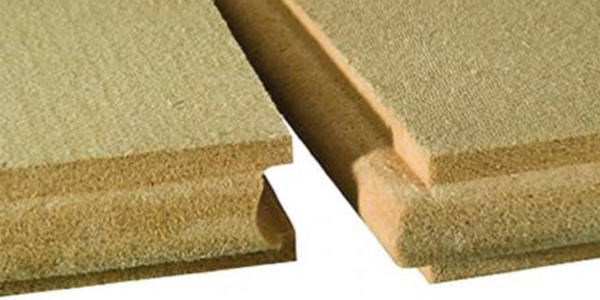
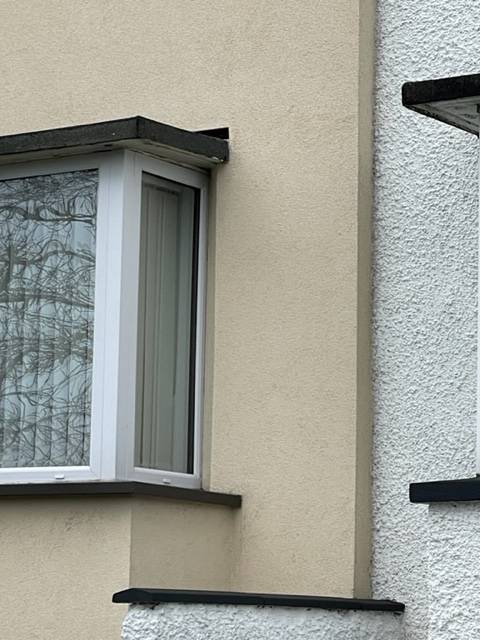
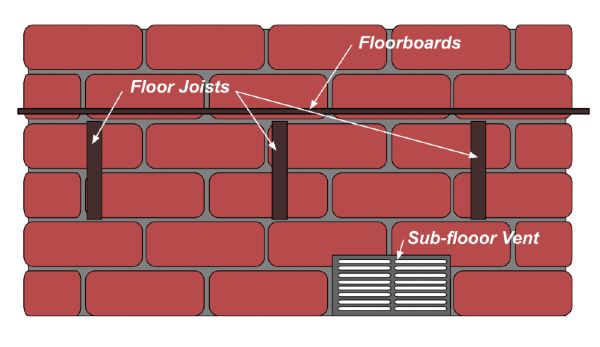
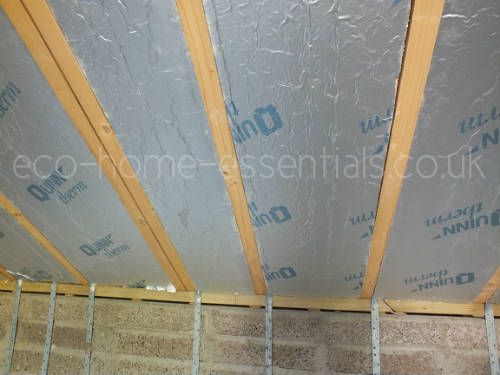


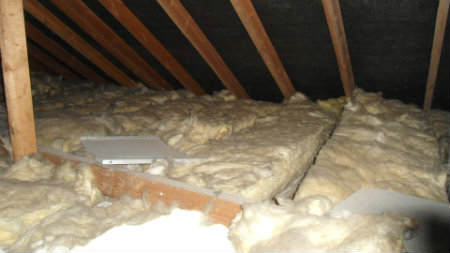

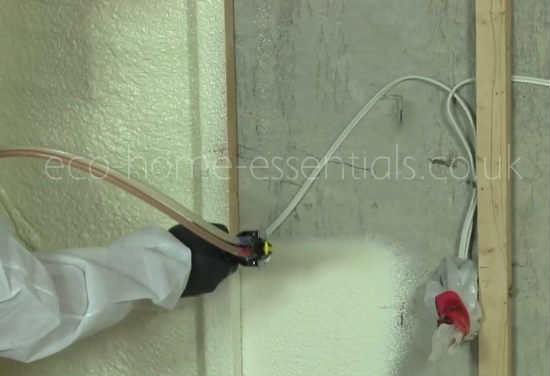

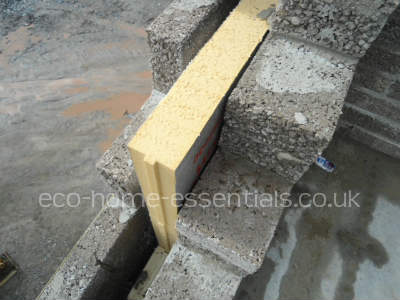


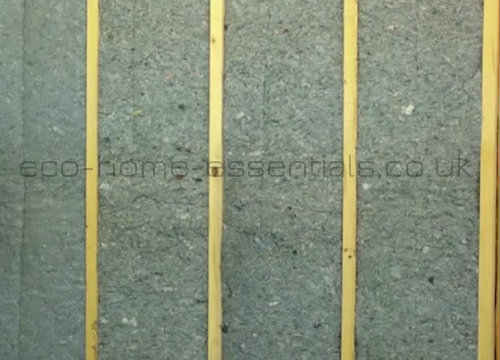
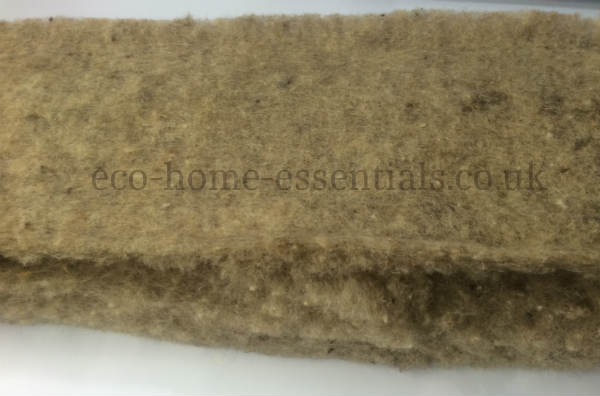



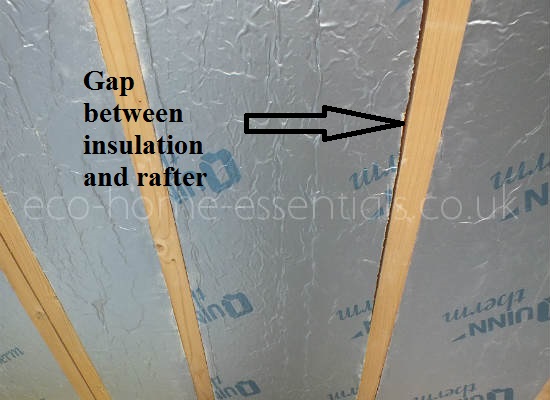
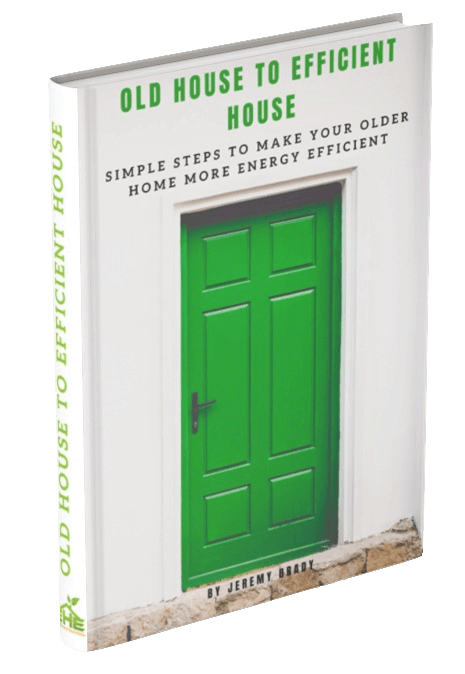




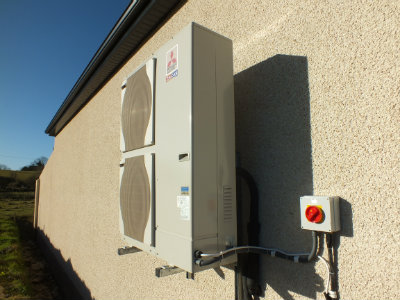
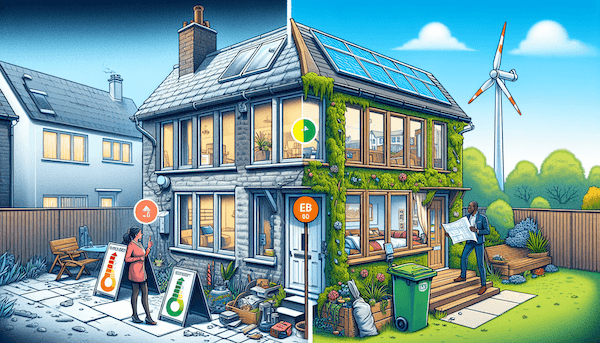
New! Comments
Have your say about what you just read! Leave me a comment in the box below.